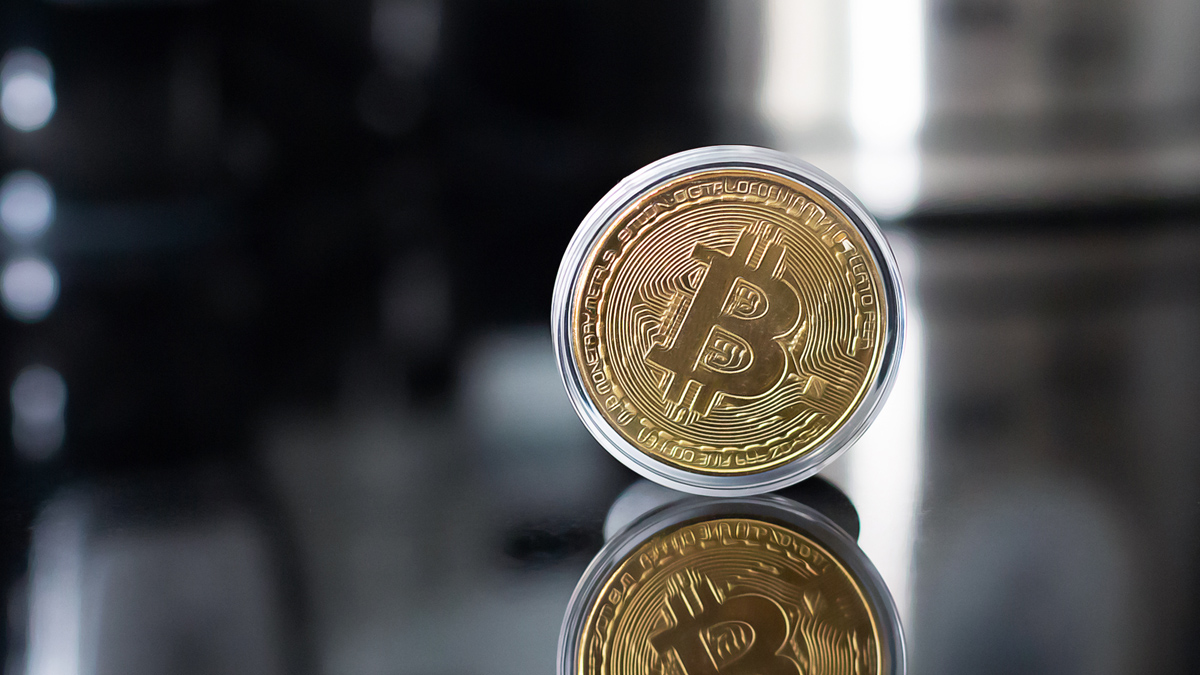As notable developments continue in the crypto market, the rise led by Bitcoin facilitates significant steps. Since the beginning of April, over a million new tokens have been created in the crypto space; more than 370,000 new tokens have emerged on Ethereum, while over 640,000 new tokens, mostly memecoins, have been launched on Solana.
Memecoin Craze Continues
Since April 1, 372,642 new tokens have been launched on the Ethereum network, with 88% of them launched on the Coinbase-supported Layer-2 network Base. The Layer-2 network has witnessed a surge in activity caused by degens flocking to the low-cost network to support new memecoin projects.

Coinbase director Conor Grogan mentioned in a post on X on May 14 that this number is double the number of tokens created on Ethereum between 2015 and 2023. According to L2beat, the total value locked (TVL) on Base has increased by approximately 630% since the beginning of 2024, primarily due to the broader hype around memecoin projects. Meanwhile, according to analytics platform Step Finance, 643,227 new tokens were created on Solana during the same period.

According to the Dune Analytics dashboard, which tracks the number of new tokens launched on the Solana-based memecoin platform Pump fun, 466,914 of the 643,000 new tokens launched on Solana were memecoin projects. CoinMarketCap lists the newest 500 tokens added to its platform in the last 30 days, most of which are memecoins.
Debates Continue
Crypto analysis platform CoinGecko now has a memecoin category listing over 600 tokens with a total market value of $52.7 billion, almost half of Tether‘s market value. Grogan’s X post sparked a series of negative reactions from the crypto community, with many claiming that memecoin projects are a scourge on crypto values.
Other analysts and investors labeled the increase in new memecoin numbers as spam, designed to automatically collect new memecoin projects with sniper bots in hopes of a breakout. A study on the subject revealed that one in six new Base memecoin projects was created for fraud and more than 90% had security vulnerabilities.

 Türkçe
Türkçe Español
Español









